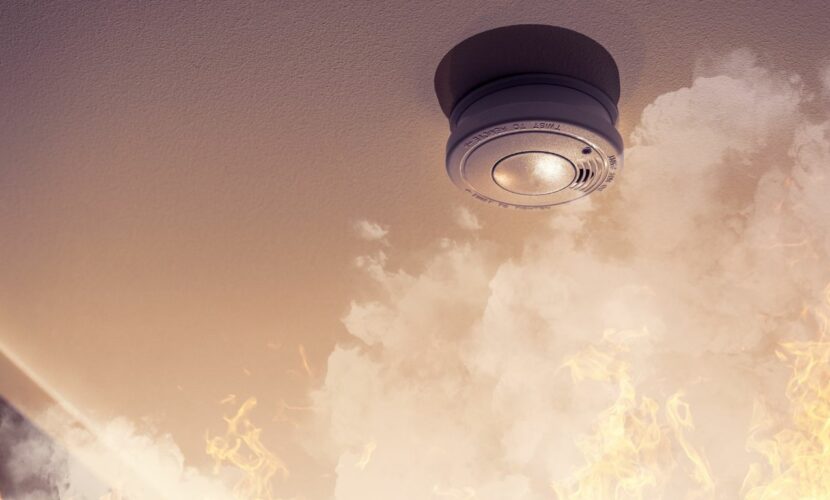
Fire compartmentation refers to a building’s fire safety in terms of how quickly smoke and fire would spread from one compartment (such as a flat) to other parts of the building through areas that should be sealed, such as riser cupboards.
In order to find out if a building’s fire compartmentation offers adequate fire resistance and gives occupiers time to evacuate the building, a fire compartmentation survey should be conducted.
Compartmentation fire protection is achieved through a number of measures, including fire-resistant walls and floors, a flat front door, and addressing any components that could lead to the spread of fire such as windows, ventilation, and any service shafts. The wall and or floor shouldn’t crack or develop any holes that would allow flames, hot gases, or smoke to pass through.
A fire compartmentation survey forms part of The Developer Pledge, which is a pledge taken by a number of the UK’s biggest home builders who have promised to address any fire safety defects on buildings measuring 11 metres and over in height, that they had a role in either developing or refurbishing in England over the past 30 years.
What is compartmentation in fire?
It was necessary to include a fire compartmentation survey within the Developer Pledge because experience shows that fire risks are not only posed by the outside of a building – the inside can contain fire safety issues too. Compartmentation in fire refers to how well a single unit, or compartment, contains fire and smoke before it spreads to other parts of the building.
According to the Fire Protection Association, compartmentation in fire is required to protect escape routes, provide time to evacuate, and provide enough protection so that an entire building doesn’t need to be evacuated if there is a fire in one unit – this would be beneficial in buildings housing vulnerable people for example.
It also protects property and limits the spread of fire to other homes within the building.
You can get detailed information on fire stopping with the Association For Specialist Fire Protection Red Book. Any works should ideally be accredited by a third-party scheme such as the Loss Prevention Certification Board.
Who is liable if a fire compartmentation survey shows that there are fire safety defects?
The answer to the question of who is liable when a fire compartmentation survey reveals fire safety defects is not a simple one because once a building is completed, repair works are required and things get added and these works may impair the fire compartmentation of the property.
The best course of action is to commission a fire compartmentation survey with a mutually appointed surveyor who is not pressurised into favouring the results one way or the other. For this reason, Cladding Consulting works very closely with developers and trusted surveyors when assisting with a fire compartmentation survey. Get in touch if you’d like to discuss initiating a fire compartmentation survey.
Please note that The Building Safety Fund does not cover any costs associated with the remediation of compartmentation defects.
